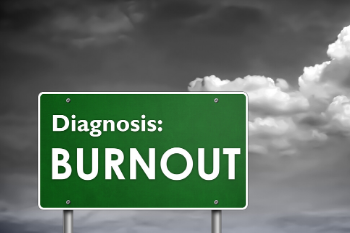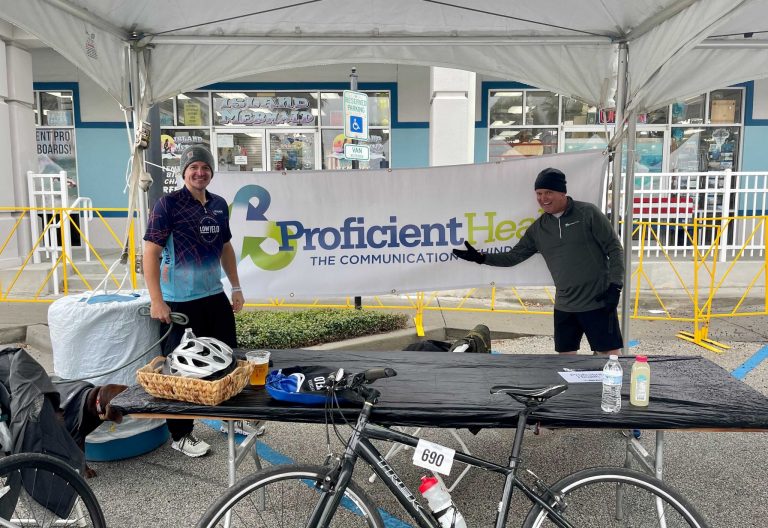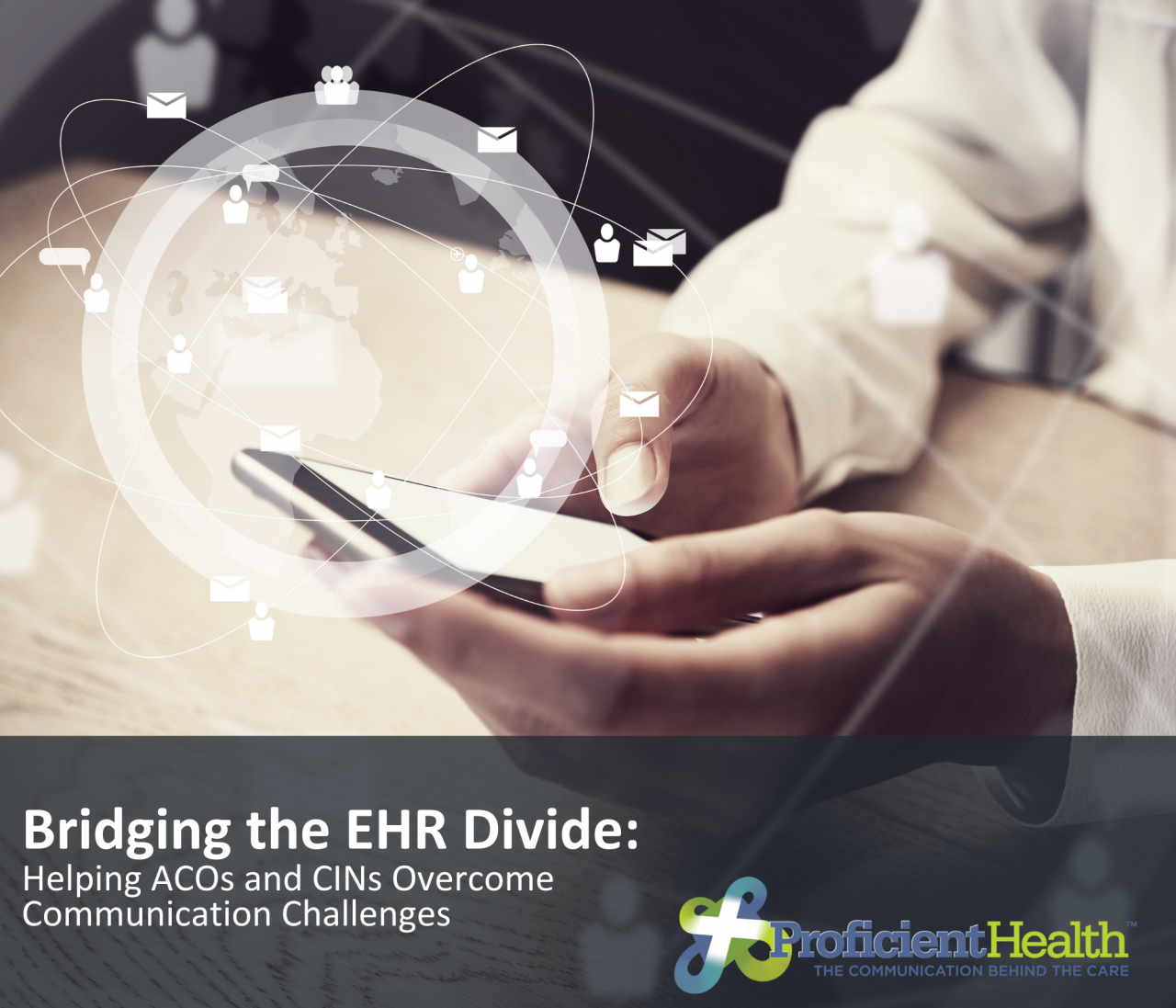Easing Provider Burnout Post-Pandemic

You have probably seen the tragic news about Dr. Lorna Been, a top Manhattan ER doctor who committed suicide after treating patients with coronavirus. Being on the front lines of this COVID-19 pandemic can be devastating, so It is no surprise that healthcare provider burnout is at an all-time high. Unfortunately, the healthcare industry has been building to this point. The truth is that healthcare providers were already overworked and overstressed long before this global health crisis, and that will continue post-pandemic.
A 2019 study by the National Academy of Medicine, reported that as many as half of the country’s doctors and nurses experience substantial symptoms of burnout, resulting in increased risks to patients, malpractice claims, worker absenteeism and turnover, as well as billions of dollars in losses to the medical industry each year.
Experts agree that long hours, mounting paperwork, regulatory requirements, and insufficient resources are all contributing factors to healthcare provider burnout (pre-COVID-19). Related to that is a lack of control over their own work and schedules. They simply don’t have enough hours in the day to meet all of the demands of their jobs and to focus on what they think is important.
A report from the Centers for Disease Control and Prevention indicates that physicians would need to work 21.7 hours a day to provide complete preventative, chronic and acute medical care to their patients
Knowing that burnout is now at an all-time high and that providers will long feel the impact of this pandemic once the dust settles (hopefully), what do hospitals and health systems need to be aware of and how can they prepare to address burnout post-pandemic?
Addressing Burnout
Health care systems recognize the problem of physician burnout, and some are implementing initiatives to address the issue. The Mayo Clinic is focusing on ways to build collaboration and companionship amongst physicians, while the Cleveland Clinic has implemented training sessions to improve communication skills. Addressing the challenges that physicians face in the workplace can yield positive results.
Initial studies indicate that improvements in leadership, workflow, and communication are helping to reduce physician burnout. With that in mind, technology solutions that improve communication and reduce bureaucratic tasks can be helpful. For example, our PH Connect secure messaging platform was developed with the physician in mind. It reduces communication barriers and streamlines collaboration with other providers. It also gives them more control over how and when they respond, or even who responds on their behalf — by working within their existing workflow and/or staff hierarchy while improving overall physician and staff efficiency.
To address the burnout problem head-on and minimize the impact long-term, hospitals and health systems should start planning now for programs and technology solutions to support providers post-pandemic. Knowing what they are facing now, there is no doubt providers will need all the support they can get when this is over.
Health systems should look for solutions built with healthcare providers in mind. For example, PH Connect became a reality when Chief Medical Officer Dr. David Hoover set out to respond to a critical challenge that physicians face, and one that he had experienced directly; connecting the right physicians at the right time, to ensure the best possible outcome for patients.
Dr. Hoover pulled from his own extensive healthcare experience and understanding of how physicians and hospitals operate. He also leveraged input from other physicians, hospital administration, call centers, etc. to address the nuances for both in-patient and outpatient providers.
“Better communication creates efficiencies around managing a patient’s care as well as the transition from one care setting to another. Treatments and meds are administered more quickly and effectively. The care team is engaged more collaboratively. The patient is managed more successfully. I wanted a solution that would lead to these outcomes,” explains Dr. Hoover.
Let us know if you would like to learn more about our physician-driven and physician-developed approach to creating solutions for healthcare providers.






